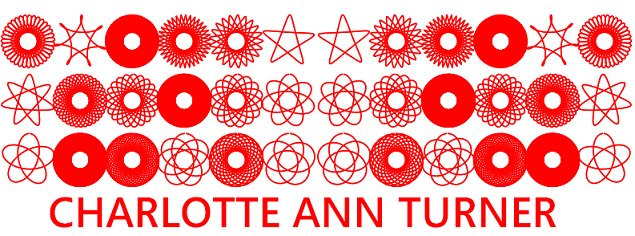-
'Human beings are able to create their own world' Beuys
After hearing Wolfgang Zumdick talk about Beuy's ideologies within his work I feel as though a layer has been lifted and I can truly start to understand the felt suits, blackboards covered in diagrams, fur, hares, fat and honey which are always present within his works.
The whole pretense of any action or sculpture Beuys has ever made has all come from one 'origin' his theory of evolution; The belief that humans can create their own world and every human is an artist. His blackboard drawings and lectures were all an aid to illustrate the diagram of his idea, of the evolution of 'Mensch' (Human-being).
 Jospeh Beuys, Mensch 1972
Jospeh Beuys, Mensch 1972The time that Beuys spent in the Kunstakademie Dusseldorf, was working among philosophers, academics and fellow artists. It in turn inspired him to draw up an idea of the 'extended definition of art' through evolution, religion, humanism and social philosophy.
He believed that the earth was enveloped by a cosmic placenta (the cosmos) which feeds our creative energy like that of an aura. He believed that humans are on a long line which is hurtling towards death with the onset of atomic warfare and nuclear power which he understood to be the 20th century. Many scientists he admired which talked about the present and were influential to him are represented within his theory such as Newton, Kant, and Plato. But what Beuys wanted to express and produce through dialogue and his actions was the future sphere, after the 20th century and death. How do we imagine that? and he understood it was through art - if everyone was an artist and let themselves describe and express whatever jumped out to them in the natural world we would all be able to create our own worlds and create our own origins of perception so that we could see what's coming.
This idea was where the Free International University developed, to teach students in a university how to create widened consciousness: for example one of the lessons would be evolution and drawing - for each pupil to only draw when something in nature or their surroundings calls out to them.
The idea of consciousness and working on what each person has to say or can see, Beuys believed could only really be done through making art.

The use of the staff has always been prevalent within Beuys diagrams, actions and sculpture. He taught that every human had an invisible staff like object above them which reached out into nature and the cosmos, to gain inspiration and perception of what was around you, and its only through training yourself through your artwork that you can tap into this.
During the 70s and 80s he was loosely a member of the Fluxus and would create actions and entice debate and discussion wherever he would go. One of these actions involved him playing a piano in front of a crowd in Berlin, however, he was not happy with the sound so he chucked a bucket of chalk in the piano, but was still not happy, so began to throw honey and sand into the piano and ended up drilling holes into the side of it. This caused outrage in the audience but none the less he carried on... He then began heating up a vat of animal fat and covering the piano and audience members in it. One man in the crowd was outraged and punched Beuys in the face to which he retaliated by pulling out a toy of Jesus on the crucifix. Which is where this iconic image of Beuys came from:
 Kukee, akopee - Nein!, 1964
Kukee, akopee - Nein!, 1964The image shows Beuys reaching into the sky (cosmos) for inspiration like that of a staff or a tree and presenting in front of him Jesus on the cross (the crucifixion) where he believed the 20th century was headed- to be crucified.
Shelley Sacks (a researcher from Oxford Brookes University and one of Beuys students who attended his FIU workshops for a hundred days at Documenta 6, 1977) discussed Beuys idea of a Free University and his ideolgies behind this; that creating events, spaces, reflection and awareness would create dialogue that could benefit social problems. In turn a manifesto was created at Documenta 6 which was an evaluation of 100 days of dialogue about Germany's social, political and ecological situation. This then turn became a fundamental document for the German green party. Of whom Wolfgang Zumdick is now a member.
The Green party that Beuys developed has had a huge effect on German politics overturning a constitution in Bavaria and changing and contesting many of Germanys laws.
The talk ended with a discussion and a member of the audience (a landscape gardener) said something very touching that brought Beuys ideas together for me, that when she started a discussion with parents, teachers and a local community about the notion of 'play' and how to design play parks, it would always result in a violent debate about needles, welfare and safety. The talk would never go anywhere but if you actually asked the children what they wanted and tapped into their ideas and perception of play, then we could learn something. To use our organs of perception instead of confrontational learning and believing that children have minds to fill, instead to let them use their imagination and perception and let your perception give/take from the world. Let us see what they have to say. The gardener said that after learning from the children what their idea of play was and what jumped out to them in their natural surroundings, she ended up felling a group of trees and allowing the children to play among them and make their own park. To create their own SOCIAL SCULPTURE.
http://www.universityofthetrees.org/

No comments:
Post a Comment